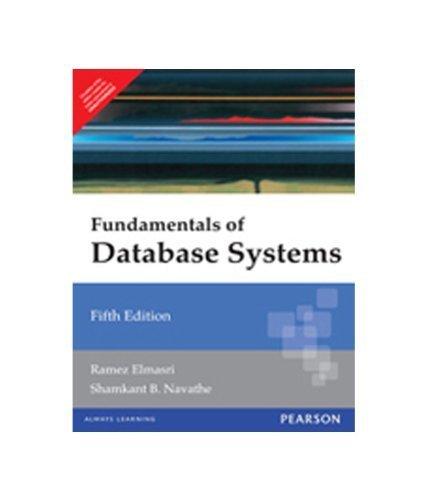Question
Problem 6 (10 pts). Consider a fictional six-layer protocol hierarchy where layer 1 is the lowest layer, and layer 6 is the highest layer. Therefore,
Problem 6 (10 pts). Consider a fictional six-layer protocol hierarchy where layer 1 is the lowest layer, and layer 6 is the highest layer. Therefore, an application sends a message M by passing it to layer 6. All the even-numbered layers attach a trailer Ti (i = 2, 4, 6) to their payload, and all the odd-numbered layers attach a header Hi (i = 1, 3, 5) to their payload. Draw the headers, trailers, and original message M in the order they are sent out.
Problem 7 (10+10 pts). Consider a packet of length L that begins at end system A and travels over three links to a destination end system B. These three links are connected by two packet switches. Let di, si, and Ri denote the length, propagation speed, and transmission rate of link i, for i = 1, 2, 3. The packet switch delays each packet by dproc (known as the processing delay). Assuming no queuing delays, answer the following questions:
What is the total end-to-end delay for the packet? Write the answer in terms of di, si, and
Ri, (i = 1, 2, 3), and L.
Suppose now the packet is 1,500 bytes, the propagation speed on all three links is 2 108m/s, the transmission rates of all three links are 3 Mbps (megabits per second), the packet switch processing delay is 2 msec (millisecond), the length of the first link is 5,000 km, the length of the second link is 4,000 km, and the length of the last link is 1,000 km. For these values, what is the end-to-end delay?
Step by Step Solution
There are 3 Steps involved in it
Step: 1

Get Instant Access to Expert-Tailored Solutions
See step-by-step solutions with expert insights and AI powered tools for academic success
Step: 2

Step: 3

Ace Your Homework with AI
Get the answers you need in no time with our AI-driven, step-by-step assistance
Get Started


